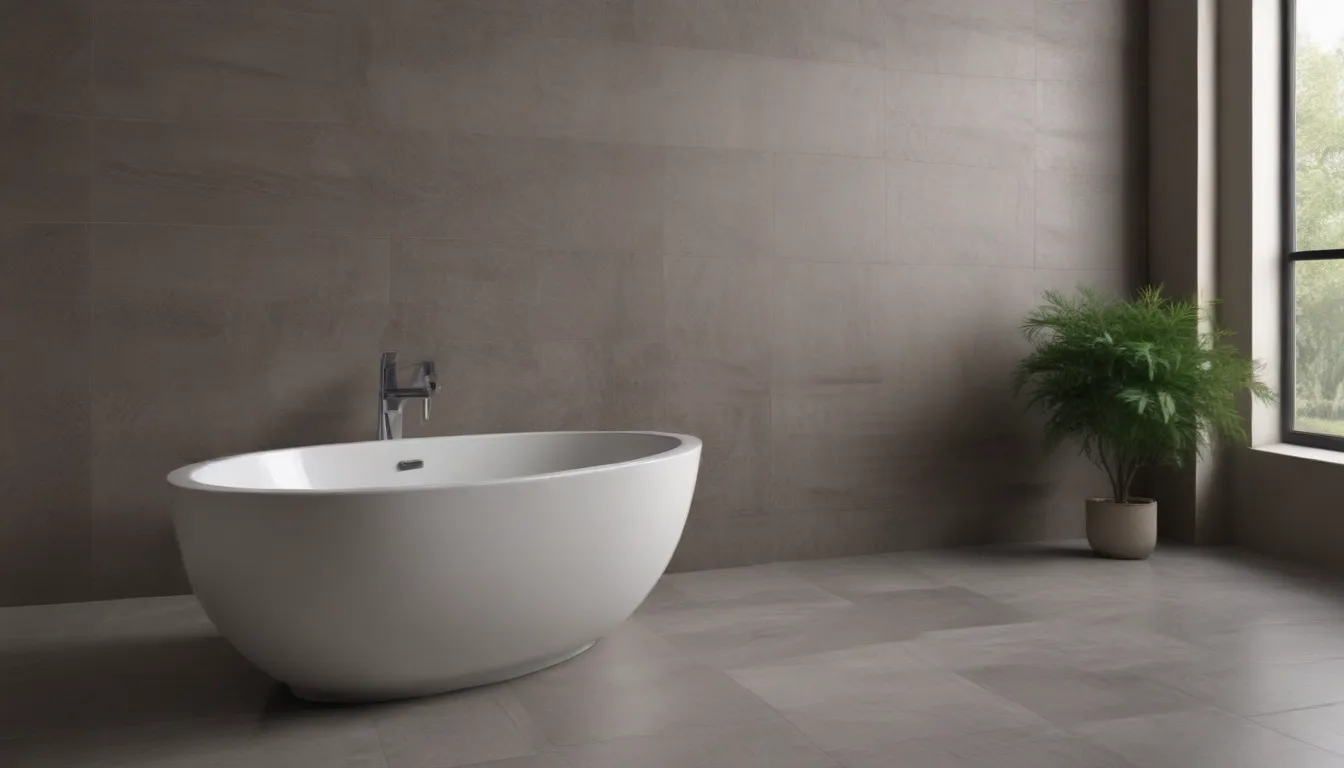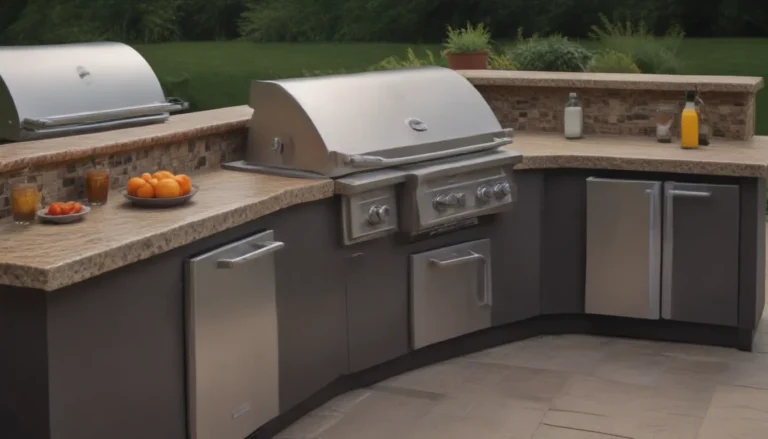The Ultimate Guide to Wall and Floor Tile Sizes

Are you looking to update your kitchen or bathroom with new tiles but feeling overwhelmed by the endless options out there? Well, you’re not alone! With so many sizes, shapes, and materials to choose from, it can be challenging to know where to start. But fear not, because we’re here to break it down for you in simple terms.
When it comes to wall and floor tiles, size matters. Different sizes are suited for different purposes, and understanding the various options available can help you make the right choice for your space. In this comprehensive guide, we’ll delve into the world of tile sizes, from tiny mosaic tiles to large format floor tiles, to help you navigate the maze of options and make an informed decision.
Understanding Tile Sizes
Wall and floor tiles come in a wide range of sizes to suit various applications and design aesthetics. While artisanal tile manufacturers may offer unique shapes and sizes, most tiles adhere to common standards. These sizes are determined by the materials used and the intended use of the tile.
For example, glass tiles are popular for small mosaic patterns, typically measuring 1-inch square. On the other hand, larger formats like 12-inch square tiles are favored for flooring due to their fast installation and seamless finish.
Let’s explore some common tile sizes and their typical uses:
-
1-Inch Square Mosaic Tile: Perfect for creating intricate patterns on walls, this small tile size is often used in kitchen and bathroom backsplashes. Materials like ceramic, porcelain, glass, stone, and metal are popular choices for mosaic tiles.
-
2-Inch Square Mosaic Tile: Slightly larger than the 1-inch version, these tiles allow for more pronounced textures and colors. They are commonly used for backsplashes and walls in kitchens and bathrooms.
-
1-Inch by 2-Inch Mosaic/Subway Blend: Featuring a 1:2 aspect ratio, this tile size combines the look of subway tile with a mosaic appearance. Ideal for walls, especially in kitchen or bathroom backsplashes.
-
4-Inch Square Tile: A versatile option for both walls and floors, the 4-inch square tile is commonly found in kitchens and bathrooms. It can be used for countertops, backsplashes, showers, tub surrounds, and even flooring.
-
3-Inch by 6-Inch Classic Subway Tile: Recognizable by its 1:2 aspect ratio, subway tile is a classic choice for bathroom walls, kitchen backsplashes, and shower/tub surrounds. Typically made from ceramic, porcelain, glass, or metal.
-
12-Inch Square Tile: The starting point for floor tiles, the 12-inch square tile is a DIY favorite due to its easy handling. While primarily used for floors, it can also be seen on walls in some cases.
-
4-Inch by 24-Inch Plank Tile: Mimicking the look of wood plank flooring, this long, narrow tile is great for areas where wood isn’t suitable, such as bathrooms and basements. It’s primarily used for flooring but can be creatively applied to walls and backsplashes as well.
-
12-Inch by 24-Inch Tile: These rectangular tiles are popular for their sophisticated look and are commonly used for flooring. They can also be used on walls in larger spaces for a cohesive aesthetic.
-
24-Inch by 24-Inch Tile: The largest tile size available for residential consumers, these tiles create a grand, stately look when used for flooring. Due to their size, precision installation is key, and they are best suited for spacious rooms.
By understanding the different sizes and their typical uses, you can narrow down your options and choose the right tile size for your specific project.
Selecting the Right Tile Size for Your Project
When it comes to choosing the right tile size for your project, there are a few key factors to consider. Here are some tips to help you make the best decision:
-
Consider the size of the space: Larger tiles can make a small room feel more spacious, while smaller tiles can create a sense of coziness. Choose a tile size that complements the size of the room.
-
Think about the visual impact: The size of the tile can have a significant impact on the overall look and feel of the space. Larger tiles can create a sleek, modern aesthetic, while smaller tiles can add texture and visual interest.
-
Consider the application: Different tile sizes are better suited for different applications. For example, smaller mosaic tiles are ideal for intricate patterns, while larger format tiles are better for seamless flooring.
-
Evaluate your skill level: Some tile sizes are easier to install than others. If you’re a beginner, you may want to start with larger tiles that are more forgiving when it comes to alignment and spacing.
By taking these factors into account, you can choose the right tile size that meets your design goals and practical needs.
Conclusion
In the world of wall and floor tiles, size matters. Understanding the various tile sizes available and their typical uses can help you make an informed decision when it comes to selecting the right tiles for your project. Whether you’re looking to create a stunning backsplash in your kitchen or update the flooring in your bathroom, the right tile size can make all the difference.
By considering factors like the size of the space, visual impact, application, and your skill level, you can choose the perfect tile size that complements your design aesthetic and meets your practical needs. So, go ahead and explore the world of tile sizes to find the perfect fit for your next project!





